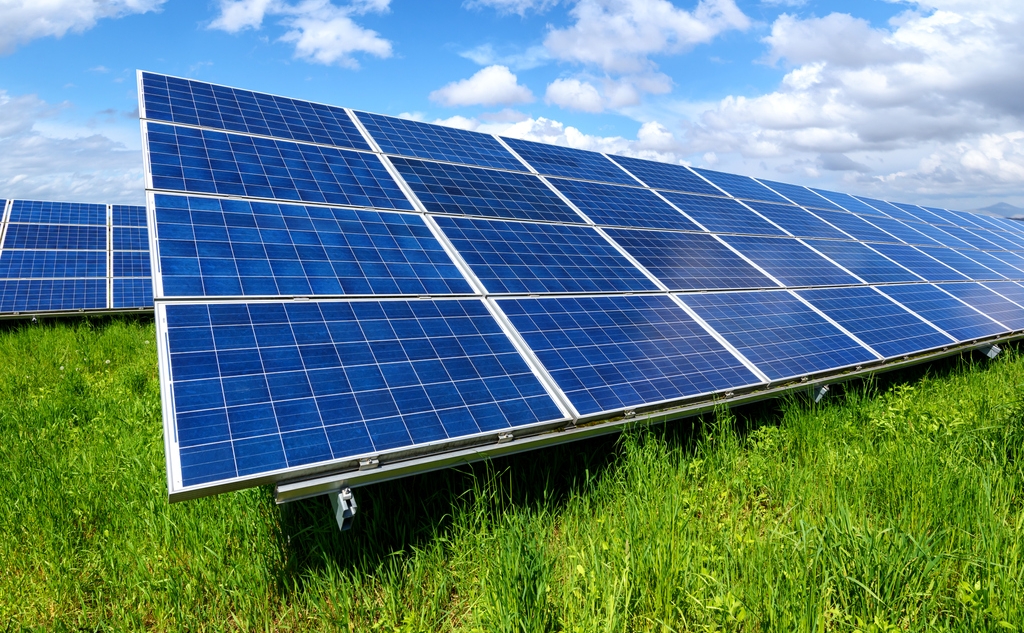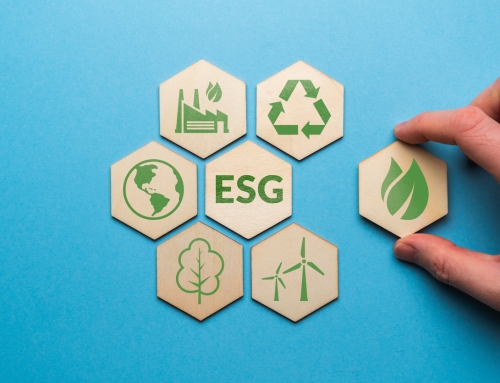March 26, 2024
Distributed solar projects in the U.S. range from small rooftop residential installations to wholesale market projects. They can range anywhere from a few kilowatts to 20 MW.
Smaller projects are valued for their ability to be integrated into rooftops or other already built environments. Using already built structures protects existing ecosystems and preserves land for other uses. Distributed Generation (DG) also creates a more climate resilient grid when paired with energy storage.
Distributed Generation (DG) brings solar closer to the end user, because it can flexibly respond to weather events if the utility grid goes down. DG lowers grid losses from power transmission and requires less transmission infrastructure. This offers cost savings for those participating.
The Evolving Market
The market is constantly evolving and demanding change, therefore policies are also shifting. Some of these changes include cuts to net energy metering and establishing low-income solar programs.
In Q1 of 2023 alone, the North Carolina Clean Energy Technology Center’s Database of State Incentives for Renewables and Efficiency (DSIRE) showed that 173 policies were changed in a total of 41 states. The most common changes were adjustments to DG compensation. Net energy metering (NEM), is the process of exporting excess produced solar energy to the grid in exchange for utility bill credits.
Community solar policies were the second most common solar policy changes. States also made changes to residential minimum bill increases and third party ownership rules. Furthermore, some states also approved funding of DG valuation studies or net metering studies.
New Trends in Net Metering
What is net metering?
Net metering is a billing mechanism that credits solar energy system owners for the electricity they add to the grid. One trend that seems to be a source of controversy in many states, is the shift to time-varying or avoided cost rates for net energy metering (NEM).
According to FERC, avoided cost is “the incremental costs to an electric utility of electric energy or capacity or both which, but for the purchase from the qualifying facility or qualifying facilities, such utility would generate the energy itself or purchase from another source.” In many avoided cost cases: the compensation rate has been cut for NEM.
Electricity pricing methods like time-varying and avoided cost were created to deal with the issue of uneven electricity generation from sources like solar power and the high demand during certain times. This challenge is represented by the “duck curve,” which shows the mismatch between peak solar generation and peak electricity demand throughout the day.
The Duck Curve
The duck curve puts stress on the power grid, especially when traditional power plants need to quickly increase electricity production to meet demand. Evidently, this rapid increase makes it harder for grid operators to balance the supply and demand in real-time.
Some states are taking different approach and using “Net Energy Metering” (NEM). In Arizona, distributed generators are credited at a fixed rate, but they must use electricity at different rates depending on the time of day. In Hawaii, they want all customers on time-of-use rates, and the state is developing tariffs for distributed energy resources with varying export credit rates.
Though grid operators argue that changes to NEM are necessary for a more balanced energy transition, reducing net metering rates may temporarily impact residential solar sales. However, new markets, such as community solar, are emerging as alternatives.
New Trends in Community Solar
Federal funding under the Inflation Reduction Act is opening doors for community solar markets. States are using these new policies to access funds and secure low-cost, clean, reliable energy for their lower and moderate-income communities.
In community solar, customers subscribe to a local solar project and get credits for the energy that the solar project contributes to the grid. The Department of Energy estimates that this can save customers around 20% on energy bills, while some programs offer 5% to 10% savings.
In 2022, the Biden Administration set a goal to have 5 million households using community solar, aiming for $1 billion in bill savings by 2025. Currently, community solar makes up only 8% of the nation’s total distributed solar volume. The plan is to increase this capacity from 3 GW to 20 GW in under 2 years.
In early 2023, more states were dealing with issues around where community solar projects can be located. Some states limit suitable sites, while others provide incentives for specific locations like rooftops or fields.
Despite concerns about changes in state policies and a national reduction in net metering, it seems that states are realizing the benefits of smaller, distributed solar projects in responsible locations. As energy storage becomes more widespread, rooftop residential installers are expected to recover, and emerging community solar markets will provide more people with the benefits of the changing energy landscape.










Leave A Comment